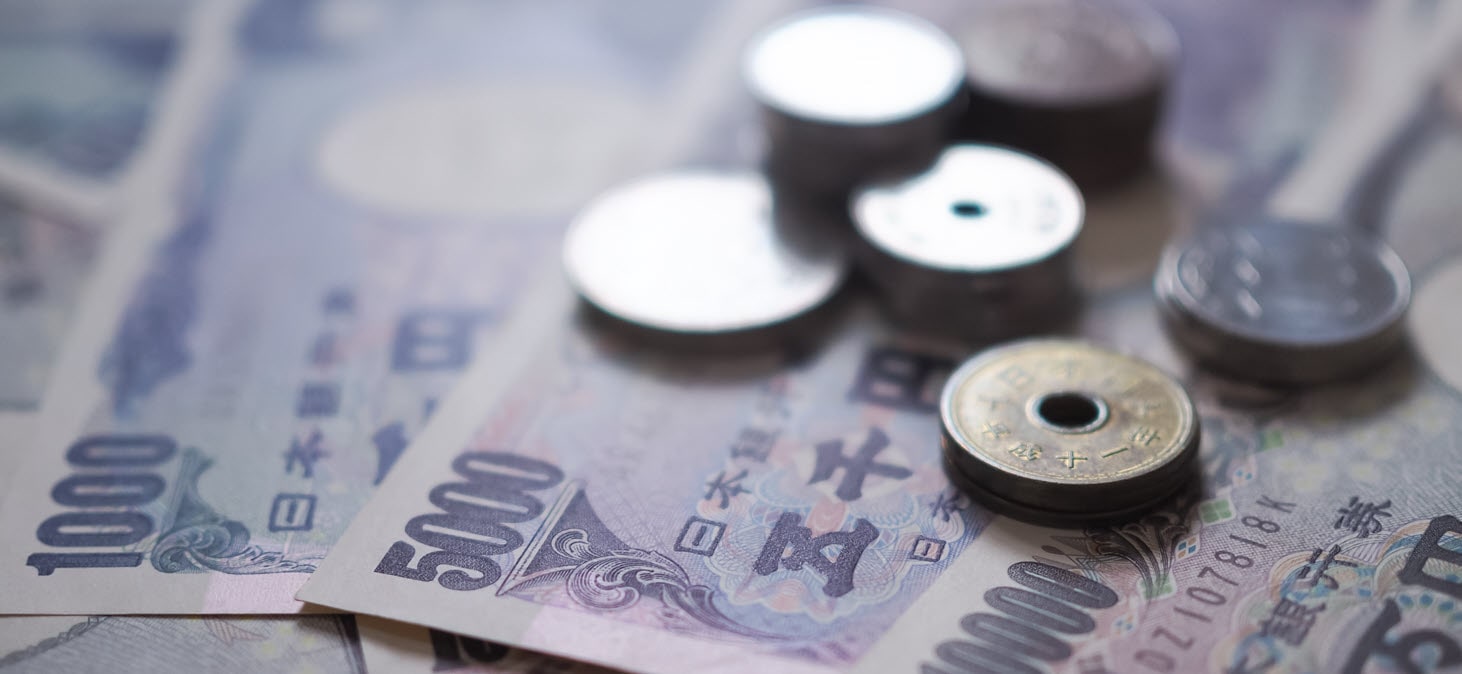
(Shutterstock)
December 2024 was a strong month for Japan equities, with the TOPIX rising over 5.0% from 27 November, culminating in a 3.7% surge since 20 December alone. This was likely in part due to a rise in USDJPY from 150 to a high of 158 over the same period. This was on the back of both the surprisingly hawkish shift in tone from the US Federal Reserve and dovish shift by the Bank of Japan. With the pace of both US Fed rate cuts and BoJ hikes likely to be slower in 2025, financial markets seem to have turned more positive on Japan equities. Should investors follow that lead?
Unfortunately for the bulls, we do not believe that Japan equities have yet turned the corner, especially with the inauguration of the new Trump administration looming in January. This is likely to usher in a rise in tensions about tariffs, as well as fears about potential disruptions to both the global economy and easing of monetary policy. With the MSCI ACWI still close to the recent all-time high, and the VIX equity volatility index still low, we are concerned that financial markets may be too complacent about the likely damage that tariffs might cause.
Stay Neutral on Japan equities during tariff uncertainties. Although China remains the main target for the Trump tariffs, Japan is unlikely to avoid some spillover damage. We expect the effective tariff rate on all Chinese exports to the US to be raised gradually from 10% currently to 30%. We anticipate that these measures should lead to a 0.4-0.6 percentage point reduction in GDP over the next three years. The pricing in of this negative impact, along with some amount of uncertainty over further disruption risks to global trade, is likely to weigh on Japan equities in the near term.
However, the medium-term outlook remains more promising. First, we expect that the loss of Chinese demand for Japanese manufacturing exports is likely to be replaced by Southeast Asian demand as production chains adjust to the new geopolitical realities. Second, after the initial acclimatization, markets may shift their focus to the likelihood that Japan will escape targeted tariffs owing to its two key bargaining chips: It is the largest foreign direct investor in the US; and Japan has the scope to increase its defense purchases from the US. This should help Japan equities remain relatively resilient over the medium term.
Medium-term stock market fundamentals remain positive. In the near term, we also expect the market to price in a slowdown in earnings growth from 9% in FY24 to 5% in FY25. But at the same time, the downside should be somewhat limited by foreign investors already having largely unwound their exposure to Japan equities and continued corporate share buybacks. These support a Neutral allocation in the meantime.
Further out though, improving real wages this year are likely to boost consumption, which should support corporate earnings. We believe corporate governance reforms should expand beyond share buybacks in the coming months, as Japanese companies will be pressured to achieve more substantial improvements in their returns on equity (ROE). Continued pressure from the Tokyo Stock Exchange and the broader investor community further increases the likelihood of structural reforms being undertaken. This should in turn help lure in global investors. For now, investors should focus on high-quality stocks in sectors like financials and real estate, which are likely to be among the first to manage a boost in their ROE.
Gradual downside in USDJPY over the year. Notwithstanding the BoJ's dovish tone in December, we expect 50bps of BoJ hikes likely over the next 12 months. For the Fed, we expect 50bps of rate cuts. This narrowing of the US-Japan policy rate premium should also be matched by a 70-80bps narrowing in the 10-year government bond premium for the US. We thus see the USDJPY declining gradually to 145 by the end of the year, broadly in line with a slide in the broad USD over year.


